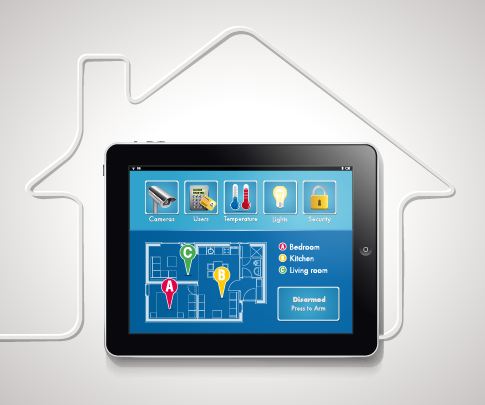Ecoluxury
From Trend to Industry Standard
Modern renters gravitate towards housing that allows them to protect natural resources without sacrificing convenience. Increasing demand has paved the way for sustainable features to shift from ecoluxury to affordable communities. Luxury is not a term for opulence. Rather, the phrase reflects the Latin luxus, which denotes something that is precious and of optimal caliber. […]

